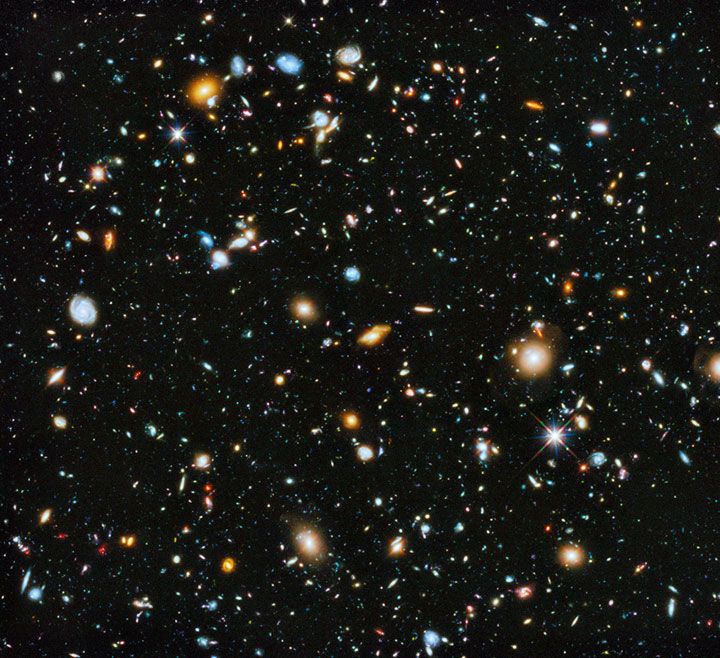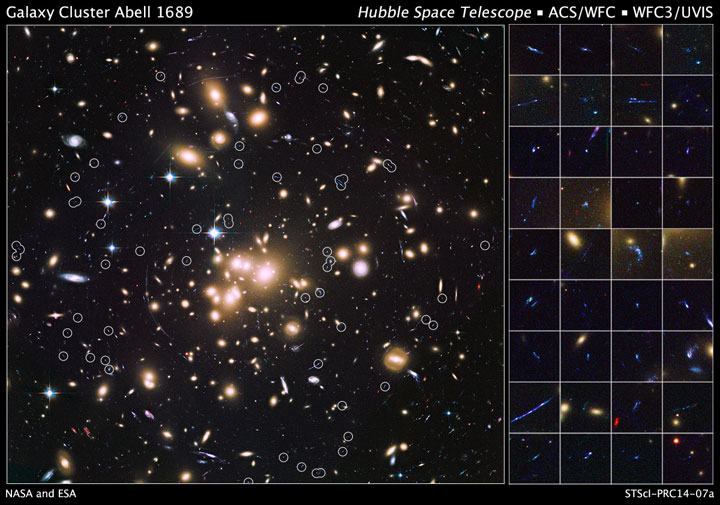Astronomers using the Hubble Space Telescope have come across an interesting discovery: the universe is expanding five to nine per cent faster than expected.

Measuring the expansion of the universe isn’t an easy task. But it can be done. Astronomers can do it by looking for galaxies with Cepheid variable stars and Type Ia supernovae. Cepheid stars pulsate in very predictable ways which allow for quite precise measurements of distance. Type Ia supernovae — an explosion of a star in a binary system — are also used for distance measurements.
READ MORE: IN PHOTOS—26 years later, Hubble’s images of our universe still amaze us
The astronomers made the discovery after examining 2,400 Cepheid stars in 19 galaxies. They also looked at about 300 Type Ia supernovae in distant galaxies. Then they compared the distances found in those galaxies with the light from galaxies that are receding and calculated the speed at which the universe expands over time. This is called the Hubble constant, named after famed astronomer Edwin Hubble. Hubble — the man — found that the farther away galaxies were from Earth, the faster they seemed to be moving.
The new Hubble constant is now 73.2 kilometres per second per megaparsec. A megaparsec is a measurement of distance equalling 3.26 million light years.
With these types of measurements (as is with all science, really), there is a margin of error. The new one is now just 2.4 per cent.
READ MORE: 5 of the weirdest things in our universe
While the refinement of the measurement is good news for astronomical science, there is a problem: the new constant doesn’t match the expansion rate that was predicted.
There may be a reason for the increased expansion: dark energy — unseen material that is believed to make up 68 per cent of the universe that is known to be speeding up the universe’s expansion — may be pushing galaxies apart with much more force than anticipated.
Another explanation could be that dark radiation — a subatomic particle around in the early universe that travelled at close to light-speed — could be affecting the measurements.
“If we know the initial amounts of stuff in the universe, such as dark energy and dark matter, and we have the physics correct, then you can go from a measurement at the time shortly after the big bang and use that understanding to predict how fast the universe should be expanding today,” said Riess. “However, if this discrepancy holds up, it appears we may not have the right understanding, and it changes how big the Hubble constant should be today.”
- High benzene levels detected near Ontario First Nation for weeks, residents report sickness
- Enter at your own risk: New home security camera aims paintballs at intruders
- Fishing vessel with crane, net arrives in Zeballos for orca calf rescue
- Beijing orders Apple to pull WhatsApp, Threads from its China app store





Comments